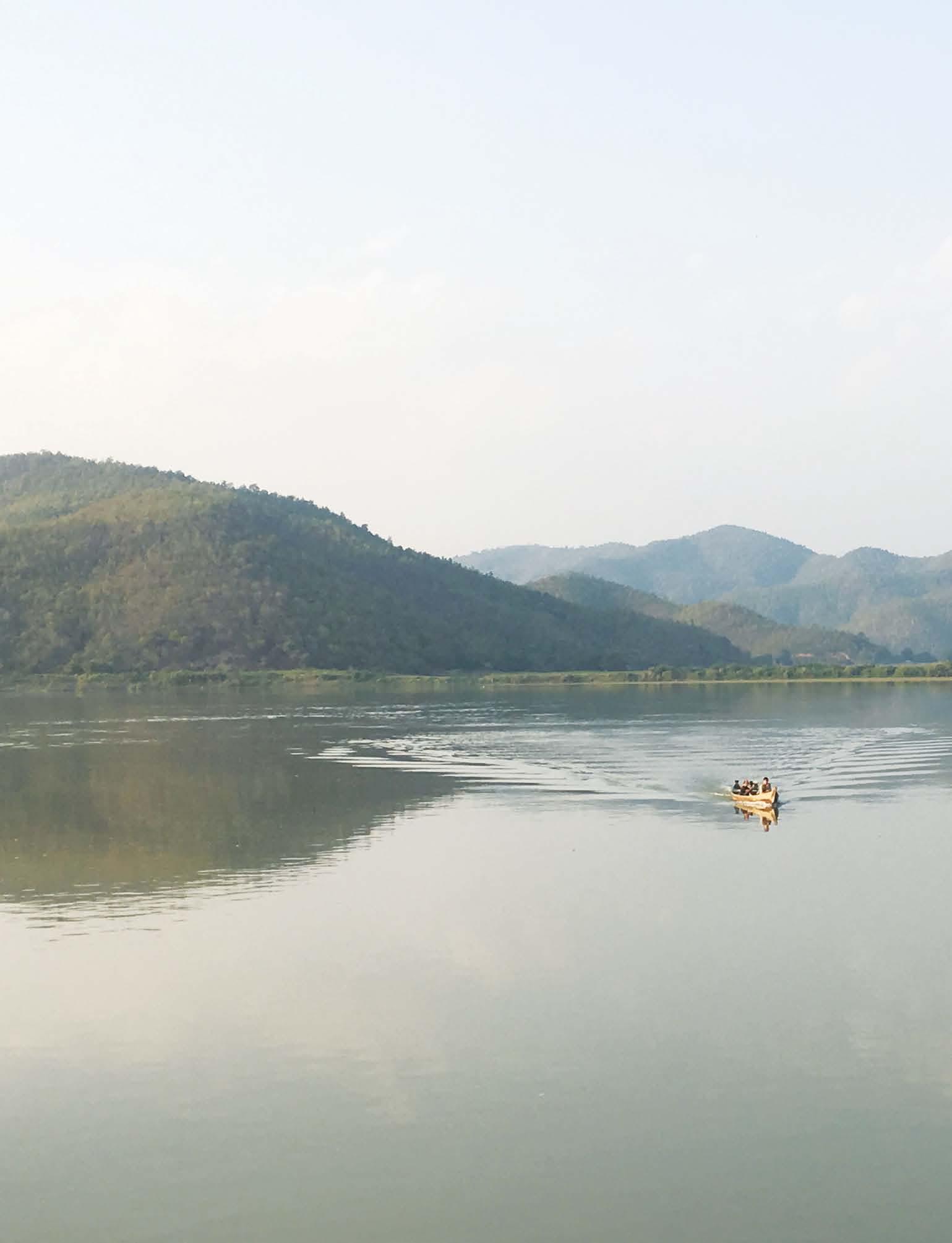
7 minute read
Travel
CRUISING THE UPPER IRRAWADDY RIVER
TEXT : SUSAN BAILEY
Advertisement
‘ ou’ll love it, trust me’, my friend said with a smile as he tried to ease my obvious Y apprehension about my upcoming trip. The trip in question was a river cruise, plying the upper Irrawaddy from Mandalay to Bhamo, which I had booked on a whim. I love traveling and am game for any adventure, but as the departure date approached, the idea of being stuck on a relatively small boat with strangers for six days was causing me to question my rash decision.
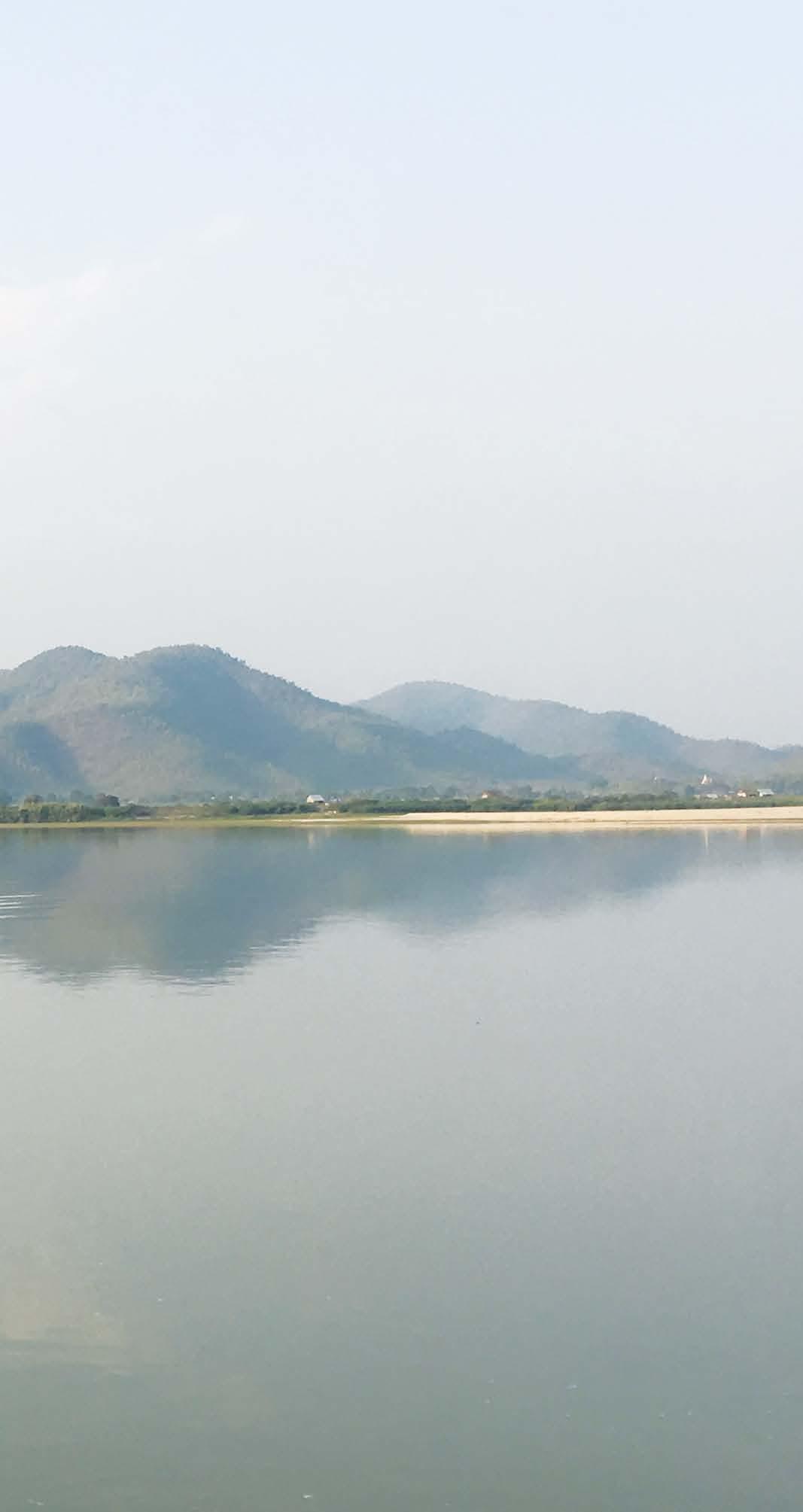
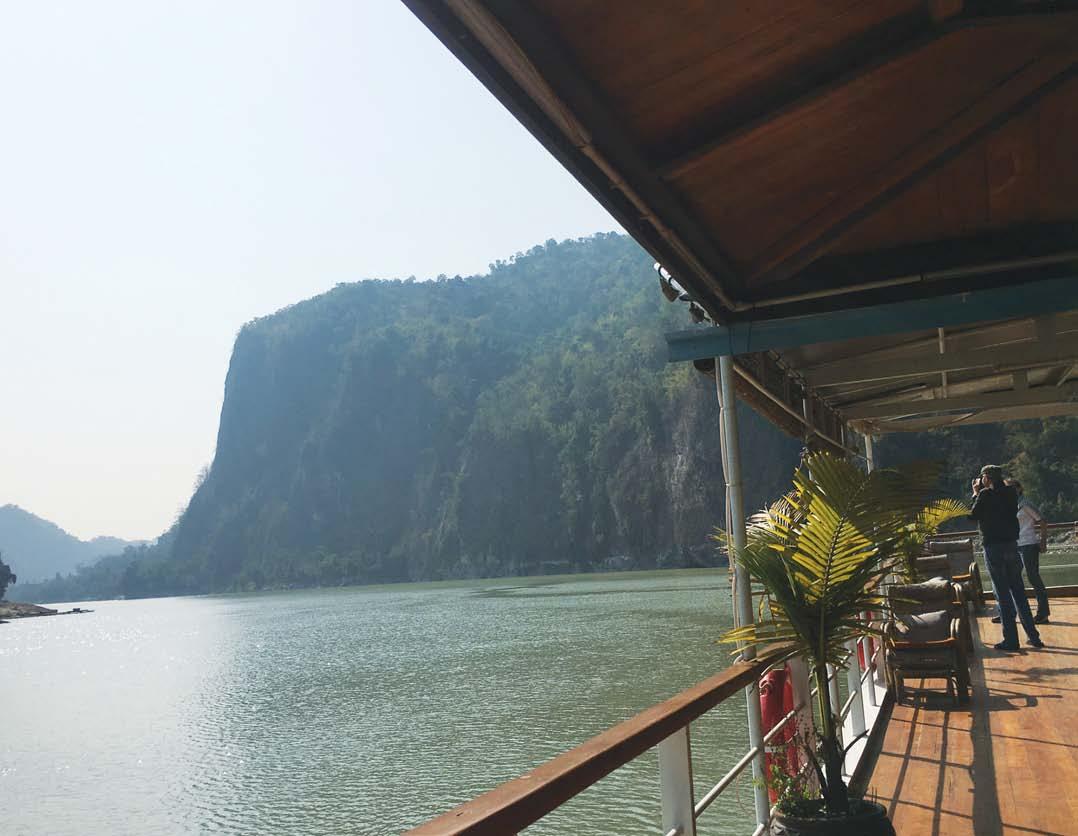
Tour companies and industry media have pitched the upper Irrawaddy region as a place to discover ‘old Burma’, a land filled with sleepy agrarian villages and historic vestiges from the colonial-era. And I was keen to escape the buzz of Mandalay and reconnect with the quieter side of Myanmar that is so elusive in the city these days. With the reassurance of my friend, who had done a similar cruise a few months prior, I packed my bag- adding to it a stack of unread books and magazines figuring that, worse case scenario, I could hide away in my cabin and catch up on some reading.


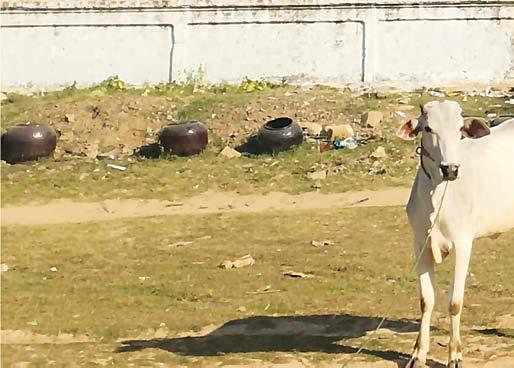
As the sun burned off the last of the early morning fog hovering over Mandalay, I headed to the banks of the Irrawaddy River and boarded the RV Mett a. Our six-day journey would take us from Mandalay to Bhamo, a cruising distance of around 530 kilometers. Along the way, shore excursions were planned at riverside villages and the town of Katha. Of course, the Irrawaddy River, itself, was also set to be a highlight, as the ship was due to pass through the picturesque second and third defi les.
I was joined onboard by the other internati onal guests and the lovely Htet Htet, our cruise guide. Heading north we fi rst stopped at Mingun, a town frequented by most visitors to Mandalay. It was busy, thanks in part to the public holiday, but Htet Htet was quick to point out that these would be the only crowds we
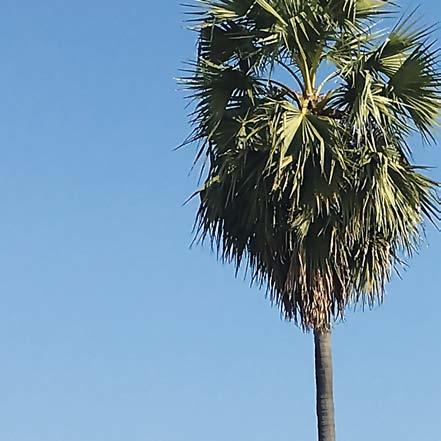
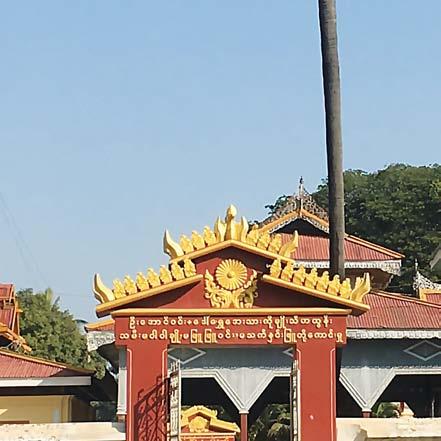
would see in the coming days. And she was right. We cast off from the jam-packed Mingun jett y and soon found ourselves in the middle of an empty river without another boat in sight. I spent the aft ernoon relaxing on the top deck, alternati ng between thumbing through the pages of my book and gazing at the passing river scenery. In the evening, the captain dropped anchor and we disembarked on a sandbank where the crew served up gin and tonics as the sun set.
Rather than the jam-packed days of most organized tours, life on the ship moves at a much slower pace and by the second day I had fallen into the rhythms of river-ti me. The engine starti ng up at 6.30 AM is my alarm clock, but with the cool morning temperatures I would linger a bit in the warm confi nes of my cabin before dragging myself to the



upper deck for a cup of strong, hot coff ee and breakfast. Mid-morning we’d go ashore with Htet Htet leading us on a walk through a village, enough exercise to help us work up an appeti te for lunch back on the ship as it conti nued sailing upstream. The aft ernoons featured another shore excursion if possible or an on-board lesson on things such as thanakha applicati on, making tea leaf salad and traditi onal puppetry.
The stops along the way off ered a study in contrasts: even as Myanmar changes, many of its traditi ons are fi rmly intact. We ventured through the pott ery workshops of Nwe Nyein, where massive 50-gallon vessels were craft ed by hand. We stumbled upon a small monastery where the kitchen was buzzing with villagers who had gathered to prepare massive quanti ti es of curry, rice and salads
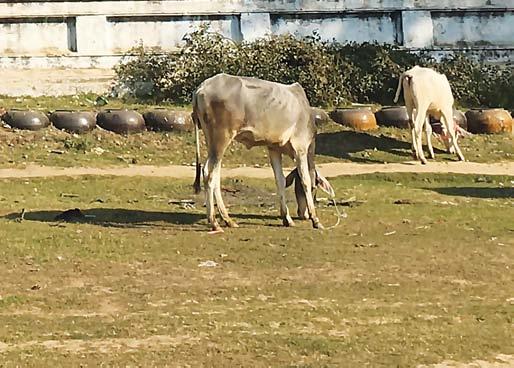
for a pagoda festi val the following day. We shopped in fresh markets with the kitchen staff , learning about the local produce on off er and how it was used in traditi onal recipes. In each of these villages, however, we saw folks glued to the screens of their mobile phones, teens in jeans and branded t-shirts driving noisy motorbikes and other reminders that we are in 2020.
While I thoroughly enjoyed these village wanderings, the highlights of the cruise for many of the guests were Tagaung and Katha.
Tagaung is the site of the fi rst Pyu Kingdom, dati ng back 2000 years, and an archeologists’ dream. Although we were not able to visit the excavati on site, the ti ny museum in town has hundreds of artifacts from beads and coins to urns and tools.
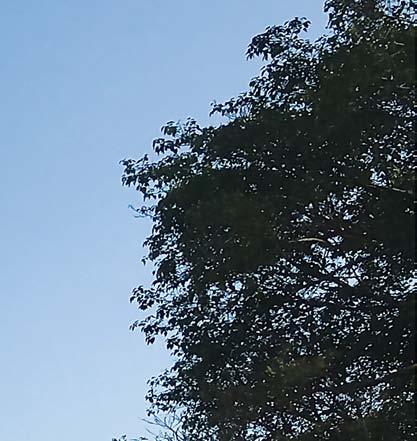

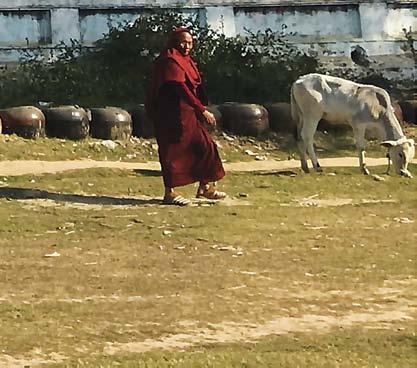
As with most Myanmar museums, the signage in the Tagaung Archeological Museum could do with a bit of improvement but the quality and quanti ty of the display pieces is incredible.
Katha is a popular spot thanks, in no small part, to its most famous resident. It is in Katha that the writer George Orwell was stati oned in the 1920s. His experiences there are the basis for his popular novel Burmese Days. We spent nearly 3 hours walking around the town, taking in the local market and riverside before venturing further on foot to the remaining colonial buildings. The old Briti sh Clubhouse is now a government offi ce but squinti ng my eyes, I was certain I could see dozens of well-dressed Briti sh offi cers stumbling around with gin and tonics in hand. The walking tour also took us to the stunning Deputy Commissioners’ house which is prominently featured in the book, the Anglican Church and George Orwell’s former residence. There is a certain charm that comes with old buildings left to age gracefully. While some tourists may feel there is much need for improvement, I found the dusty rooms with their haphazard historic photos and painti ngs to be a fi tti ng homage to what was, as Orwell puts it, ‘a portrait of the dark side of Briti sh Imperialism’.
By the ti me we reached Bhamo on the sixth morning of our cruise, an air of melancholy hovered over the ship’s passengers. With our bags packed and the crew sending us off with a wave, we headed to town for a short tour then on to the small Bhamo airport where our adventure

with Htet Htet wrapped up. We said our farewells and, as we waited for the short fl ight to Mandalay, I sent a message to the friend who encouraged me to take the cruise. It read ‘You were right- the cruise was simply magical’.
PLANNING YOUR TRIP :
With so many companies vying for customers, it appears a daunti ng task to choose a ship for your journey. But as with most things in life, you get what you pay for! Mett a Cruises (htt ps://www.mett acruises.com/) gets my vote for best mid-range opti on -yes, I am a bit biased as I just traveled with them but they absolutely deliver bang for your buck. Mett a has the perfect balance of luxury with air conditi oning, hot water showers and great food on board without being overly fancy and fussy. If your budget doesn’t extend that far, then your best opti on is to go with the regularly scheduled government boats. The upside is the price. But the downside is not only the ti me (it’s called the slow boat for a reason!) but also there are no planned shore excursions. The boat WILL stop on the way but if you get off and fail to re-embark on ti me you may be stranded for a few days!
Coming in at the upper end of the scale, Sanctuary Ananda (www. sanctuaryretreats.com) takes the prize. The 21-cabin (or ‘suites’ as the ship prefers to call them) boat is on par with a 5* hotel in every way. The food is superb, staff are top notch and there is even an onboard spa with therapists certi fi ed by the high-end brand L’Occtaine en Provence.






